Never-before-seen 'missing link' dinosaur walks, drinks and socializes in stunning new animation
The newly discovered duck-billed dinosaur, Gonkoken nanoi, likely grew to around 13 feet long and weighed up to 1 ton, new analysis reveals.
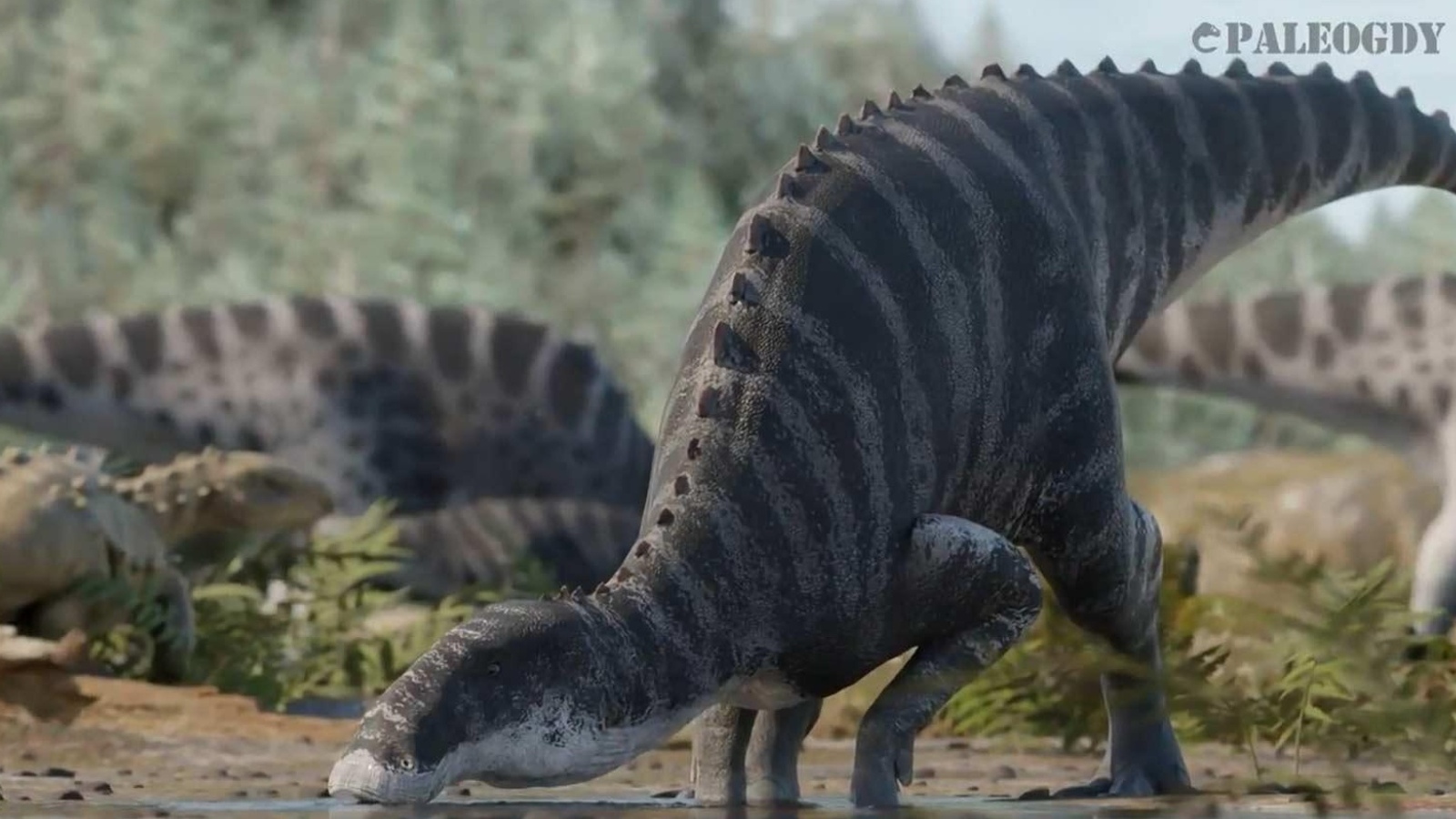
Paleontologists have unearthed a never-before-seen species of primitive duck-billed dinosaur in Chile — the likes of which has never been found in the Southern Hemisphere. The discovery of the car-size herbivore, which has been brought to life in a stunning new video, changes what we know about the history of its flat-nosed family.
The newfound species, named Gonkoken nanoi, belongs to the family Hadrosauridae — a group of plant-eating dinosaurs commonly referred to as duck-billed dinosaurs because of the flattened bones in their snout. The name Gonkoken means "similar to a wild duck or swan" in the Aónikenk (Southern Tehuelches) language used by the Indigenous people who inhabited the area where the fossils were found until the end of the 19th century.
G. nanoi likely measured between 11.5 and 13 feet (3.5 to 4 meters) long and weighed 1,300 to 2,200 pounds (600 and 1,000 kilograms), researchers wrote in a translated statement. G. nanoi had hundreds of teeth "with which they could grind, crush, and cut virtually any plant material, including wood," the scientists added.
Related: Teenage duck-billed dinosaurs struck out on their own, forming cliques
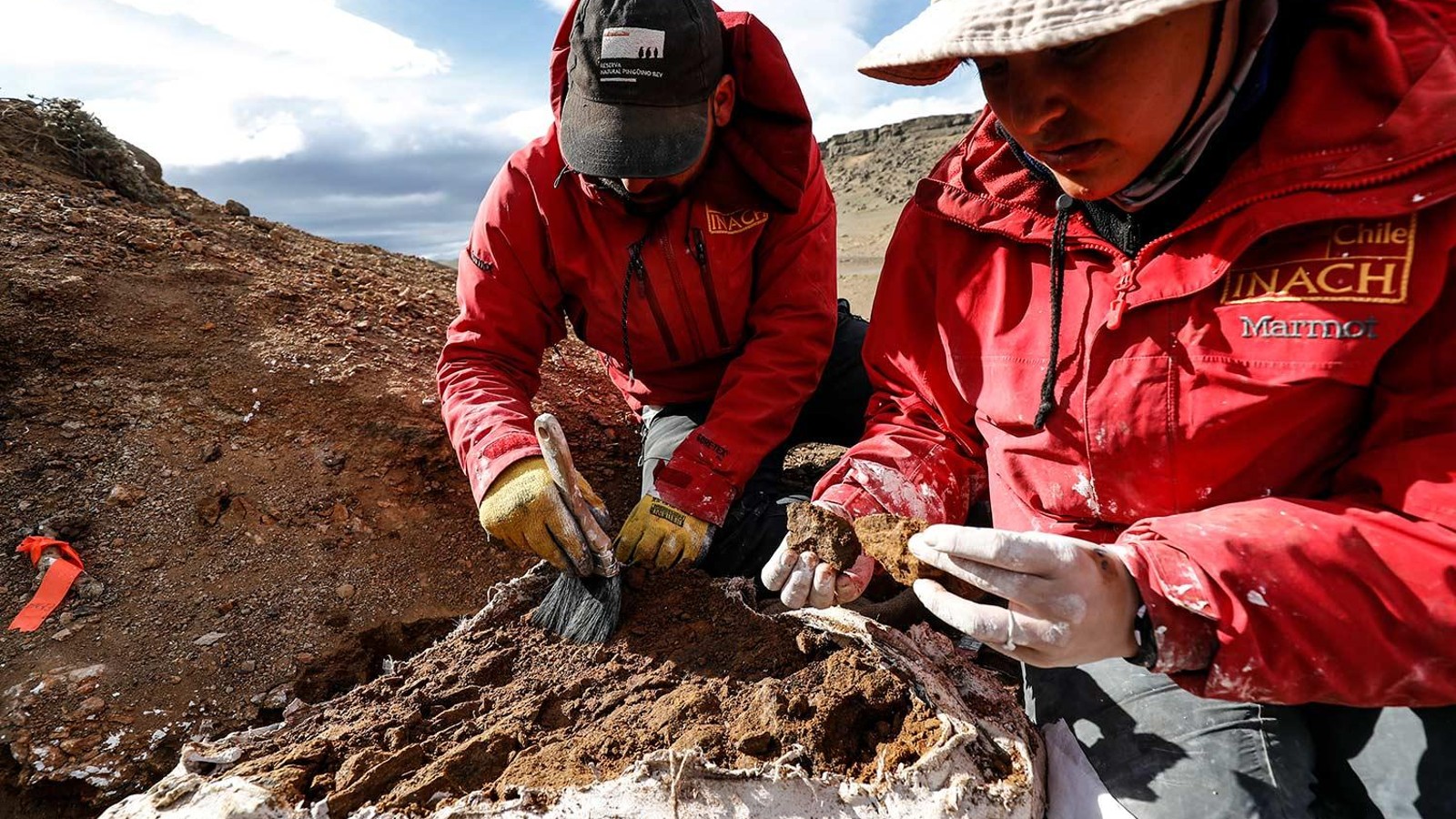
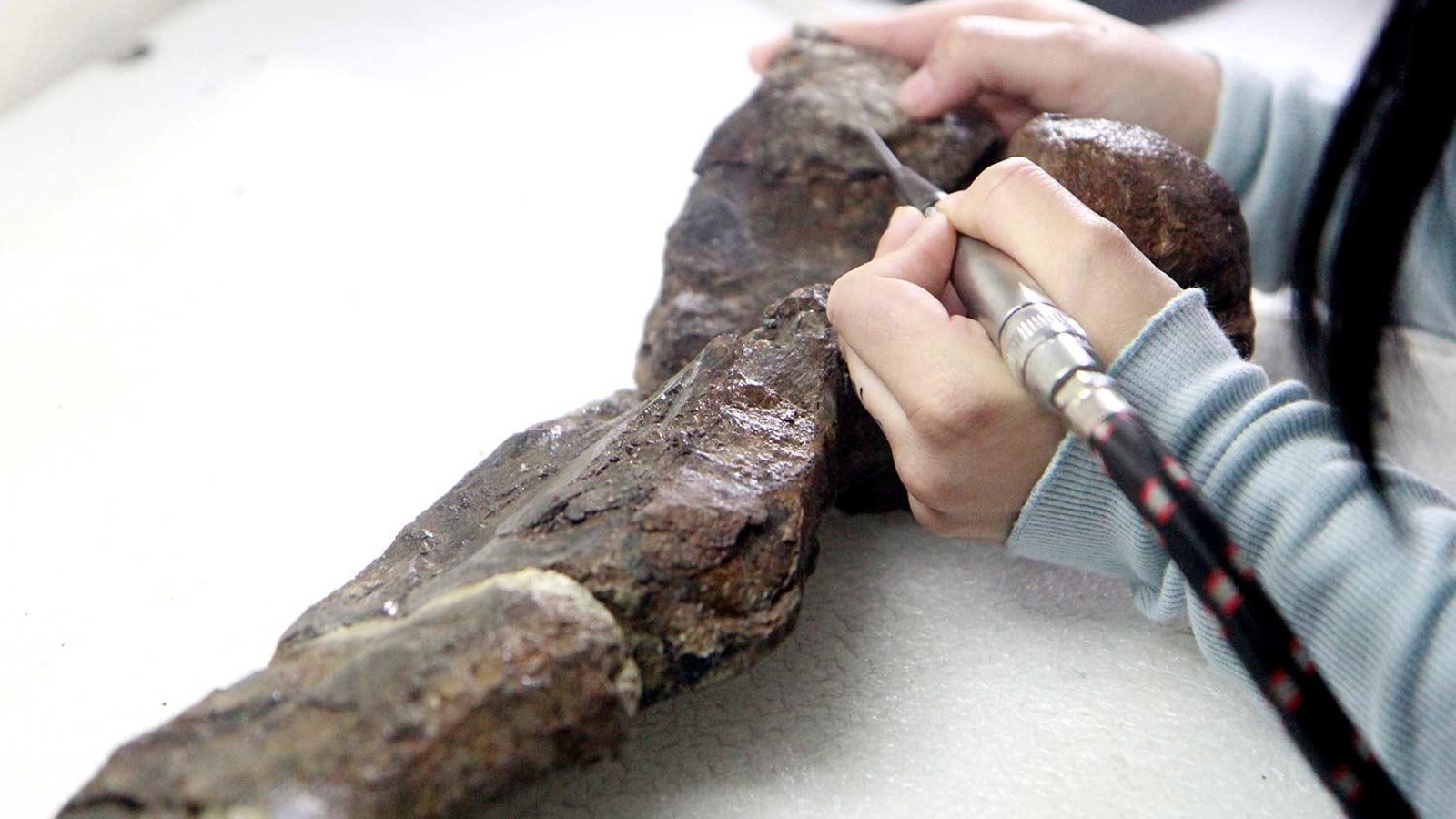
Researchers uncovered the remains of G. nanoi in a large "bone bed" in the Valle del Río de Las Chinas sector of Chilean Patagonia. The preserved pile of around 50 fossils included the bones of at least three individuals that were a mix of adults and juveniles. The bones, which include teeth, vertebrae, skull bones, jaw fragments, limb bones and ribs, date back to around 72 million years ago, during the late Cretaceous period (145 million to 66 million years ago).
The discovery of so many adult and juvenile fossils in one place suggests that G. nanoi was highly social and likely lived in sizable groups, the researchers wrote in the statement.
In a new study published June 16 in the journal Science Advances, researchers used the bones to recreate the species' skeleton. In a video press conference in Spanish, researchers shared a short clip created by animator PaleoGDY that shows what G. nanoi may have looked like.
Sign up for the Live Science daily newsletter now
Get the world’s most fascinating discoveries delivered straight to your inbox.
A 'primitive' species
In the late Cretaceous, hadrosaurs were one of the most abundant dinosaur groups in what is now South America. As a result, the researchers initially believed the newly uncovered bones belonged to one of the species already known to live there. However, their analysis revealed some key differences in the shapes of certain bones, such as the jaw and teeth, suggesting the remains belonged to a more primitive species than any known hadrosaurs from the area.
The team believes that G. nanoi represents an "evolutionary link" between older and younger hadrosaur species. But the researchers do not think that G. nanoi was an ancestor to the other hadrosaurs in the Southern Hemisphere. Instead, they believe the newfound species lived alongside its more advanced counterparts.
The researchers propose that G. nanoi — or its ancestors — emerged in the Northern Hemisphere alongside other primitive hadrosaurs, then migrated south, possibly via a land bridge, before the more advanced forms emerged in the Northern Hemisphere. Later, the more advanced hadrosaur groups followed suit and moved south to join G. nanoi.
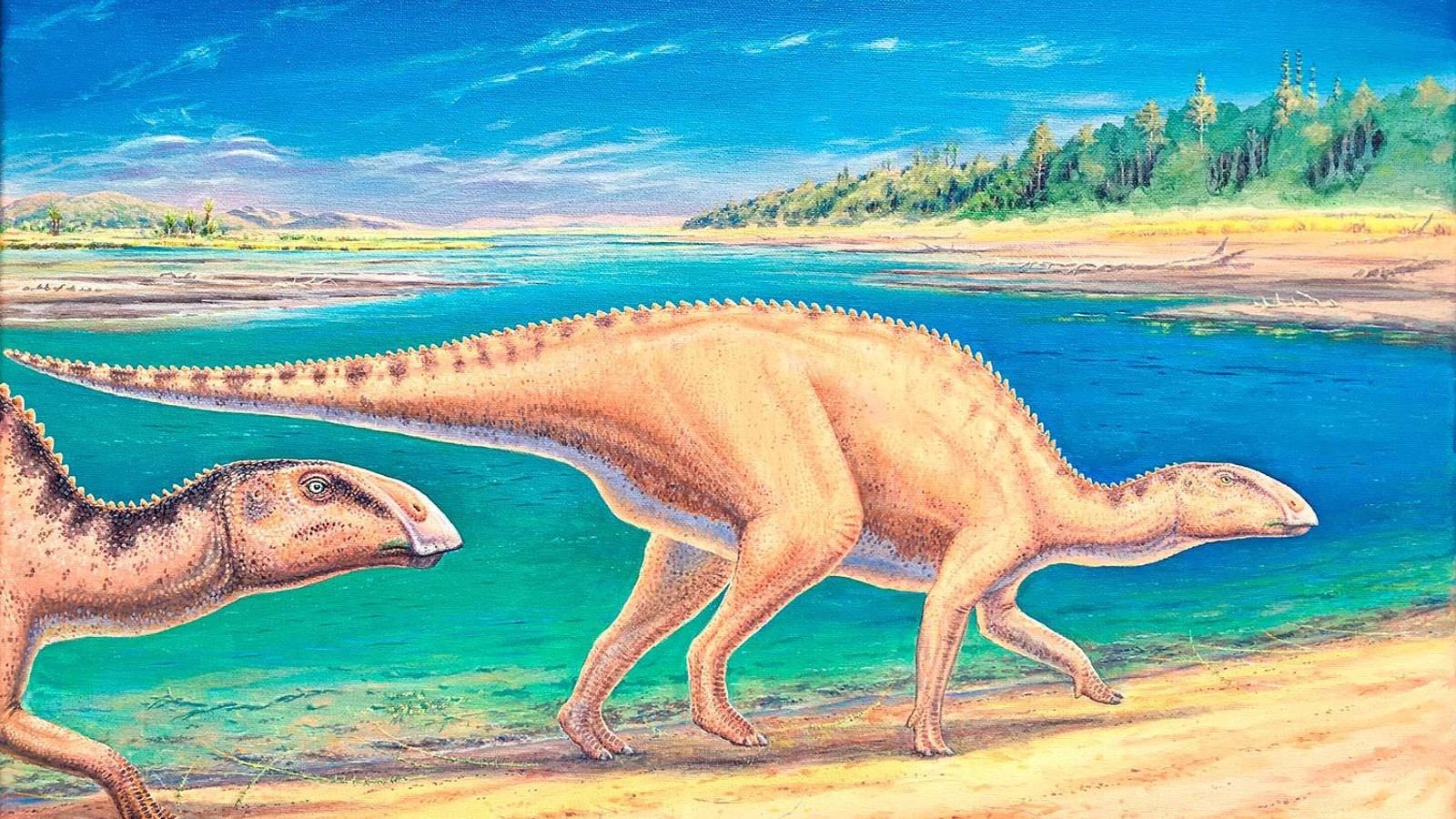
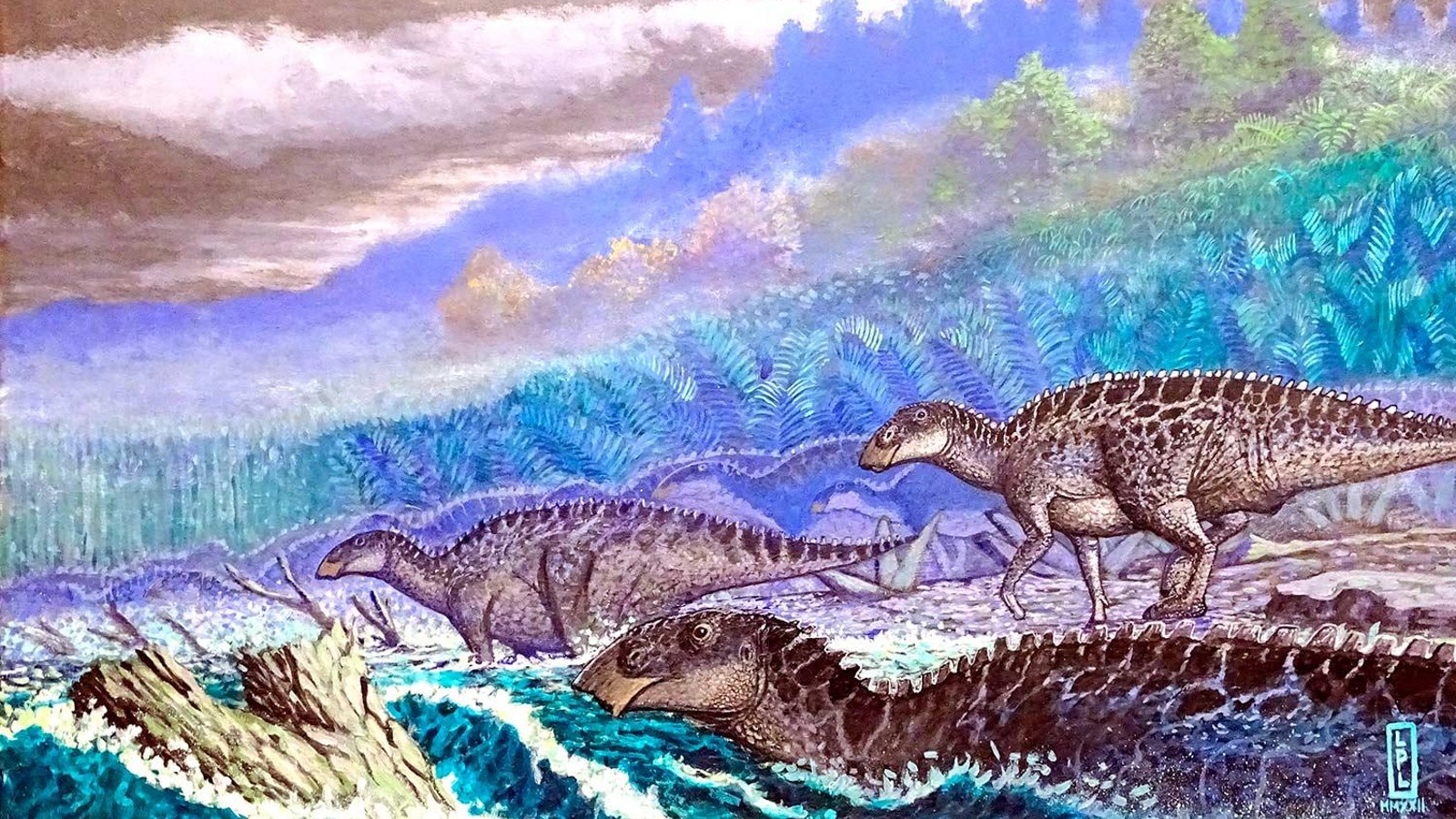
The conditions in their new home, which were warmer and supported a greater variety of plants to eat, likely suited G. nanoi more than their old habitats, so they thrived in the south while their primitive northern relatives died out.
The researchers believe G. nanoi may have migrated as far south as Antarctica where hadrosaur teeth from an unidentified species have previously been found, although more research is needed to confirm this. G. nanoi may even have survived up until the extinction of the non-avian dinosaurs around 66 million years ago.
The newly discovered species is not the only "missing link" in the hadrosaur lineage that's been unearthed recently. On June 7, another research group announced the discovery of Iani smithi, an ornithopod dinosaur that lived around 99 million years ago during the mid-Cretaceous. This research team suggested that I. smithi may have been an ancestor of hadrosaurs that narrowly avoided extinction during a period of extreme climate change.

Harry is a U.K.-based senior staff writer at Live Science. He studied marine biology at the University of Exeter before training to become a journalist. He covers a wide range of topics including space exploration, planetary science, space weather, climate change, animal behavior and paleontology. His recent work on the solar maximum won "best space submission" at the 2024 Aerospace Media Awards and was shortlisted in the "top scoop" category at the NCTJ Awards for Excellence in 2023. He also writes Live Science's weekly Earth from space series.










